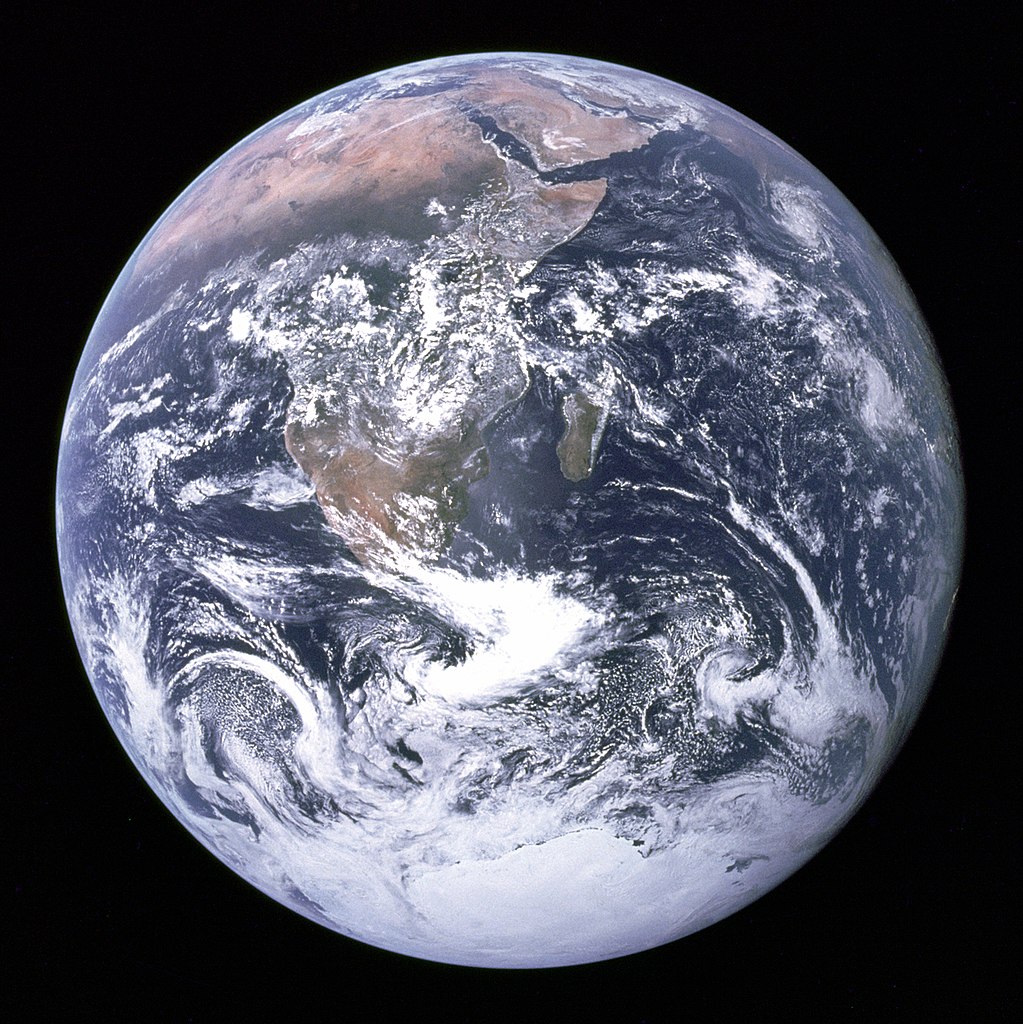The Hakuto-R 2 mission launched on January 15, 2025. It’s the successor to Hakuto-R, which launched in December 2022 but failed when it lost communications during its descent. Both missions carried rovers, and this image was captured by the rover Resilience as it travels toward the Moon.
The company behind Hakuto-R 1 and 2 is ispace. ispace develops robotics and other technologies that they intend to use to compete for commercial contracts. These missions are technology demonstration missions. Hakuto-R 1 carried the Emirates Lunar Mission, a rover named Rashid. Hakuto-R 2 carries ispace’s own micro-rover named Resilience.
ispace posted this image on social media with the text, “The RESILIENCE lander remains in excellent health as it continues to orbit Earth in its planned trajectory towards the Moon!”
“RESILIENCE knows what it means to be alone in the vastness of space. Looking back at Earth on Jan. 25, 2025, the lander was about 10,000km from our Blue Marble, poignantly capturing Point Nemo, the most remote place on our planet, about 2,688 kilometres from the nearest land.”
The most well-known picture of our Blue Marble came from astronauts on Apollo 17 in 1972. It appeared during a boom in environmental activism and helped people around the world understand the planet they live on and consider its future and our impact on it.
The second most well-known image of Earth is probably Carl Sagan’s Pale Blue Dot image. Voyager 1 captured that image in 1990 on its way to the outer Solar System. The spacecraft captured the image from 6 billion km away when it passed Saturn. Carl Sagan proposed the idea not for scientific reasons but to drive home the idea that humanity’s home was just a tiny dot in the dark.

It seems de rigueur now for space missions to turn around and capture an image of Earth on their way to their destinations.
OSIRIS REx did it.

So did Artemis 1’s Orion spacecraft.

So have Lucy and many others. Now, they’re as common as pictures of their homes that young people take as they leave for college.
Yet, we don’t seem to ever tire of them. For some reason.
Maybe it’s because we’re accustomed to looking at maps with borders and labels on them, emphasizing how we see our planet through a political and historical lens. In those images, the context is human.
But images of Earth from space have none of that. They show the true context of our planet. It’s a brilliant blue sphere, rippling with life, delicate and precious. It’s at the mercy of greater events that go on elsewhere in the Solar System and beyond, events beyond our control.
The people at ispace might not have intended their image to trigger this type of thinking. But regardless, this image takes its place in a long lineage of images of Earth captured by our departing spacecraft.
Hopefully, that lineage will continue for a long time.

